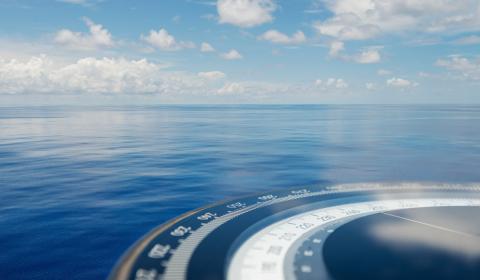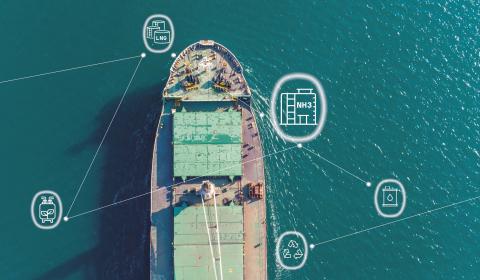
Major Rules update supports efficiency and ease of use
One key role of classification is to bridge the gap between regulators and the shipping industry. Our clients – shipowners, yards and operators – rely on Bureau Veritas to keep their vessels safe and compliant throughout their operating life.
We updated our NR467, Rules for Steel Ships, in July 2022, standardizing our guidelines for all types of sea-going ships. This is not only an update: it represents a major development in classification standards, founded on extensive hydrodynamic simulations and unprecedented insight into hydrodynamics and structures. As ever, we have worked closely with our clients and industry partners to turn this new insight into practical advice, ensuring performance without compromising on safety.
Our clients set high performance standards for their vessels. Supporting them to reach these targets requires an in-depth knowledge of their real operating conditions and the ways ship design must conform to them. Over the past 15 years, advances in simulation tools and R&D projects have enriched our understanding and led to a more accurate reflection of realistic situations in our Rules.
Equivalent Design Waves use brings greater accuracy
Taking advantage of developments in hydrodynamic simulations, we have affirmed Equivalent Design Waves (EDW) as a means of maximizing the structural response of any part of the vessel.
The updated NR467 extends EDW to all steel sea-going vessels. EDW has been proven to help shipyards improve a ship’s steel weight distribution, passing on improved performance and cost savings to their clients.
Using EDW means our Rules are more accurate when used to calculate potential fatigue in more extreme real-world conditions.
By your side from design to decommissioning
We aim to be by the side of shipyards and owners, providing better support at each step of a vessel’s life. The updated Rules include clear explanations of the parameters used to develop each formula. By helping users to understand our working, we hope to improve the clarity and transparency of our Rules overall and better support our clients.
“We are committed to making our rules as easy as possible for users without compromising their integrity,” says Laurent Leblanc, Senior Vice President Technical & Operations.
In ensuring safety, driving innovation and achieving higher sustainability standards, collaboration is vital. “That is why we develop our Rules through an R&D process with industry partners,” says Laurent. “We consult our partners throughout to ensure we prioritize the realities they face.”
Ready for the next steps
The update to NR467 includes new additional class notations to help shipyards and owners prepare for the future mix of lower carbon fuels. The first of these, BIOFUEL READY is a compliance assessment framework to help shipowners prepare to use biofuels or blended biofuels onboard. The second, METHANOLFUEL-PREPARED indicates that the vessel is designed to accommodate the future installation of a methanol fuel system.
As exemplified by our NR467 update, our Rules and notations will continue to evolve over time to meet the changing needs and standards of the maritime industry. As more research is carried out, technologies mature and more data becomes available through digitalization, we will continue to refine our Rules.
More Rules updated in July 2022
Further to the update to NR467, we have also published several new and updated Rules aimed at improving assets’ resilience in terms of structure and emissions reductions:
- NR671 Ammonia-fueled ships - Tentative Rules
- NR620 LNG bunkering ships
- NR681 Unmanned Surface Vessels (USV)
- NR216 Rules on Materials and Welding for the Classification of Marine Units
- NR615 Bucking assessment of plated structures
- NR320 Certification scheme of materials and equipment for the classification of marine units
A full list of our Rules and guidelines can be consulted here.










